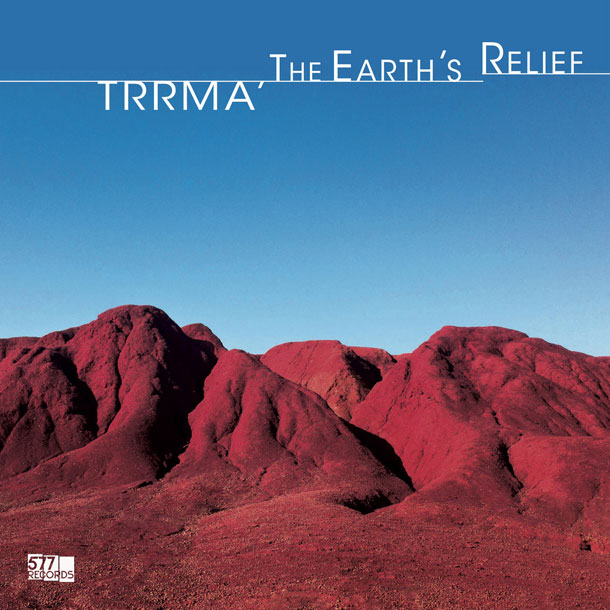TRRMÀ, The Earth’s Relief

The Earth’s Relief, il nuovo lavoro dei Trrmà, è stato pubblicato il primo maggio dalla 577 Records, etichetta di Brooklyn consacrata alla scena dell’improvvisazione. Il disco esce a distanza di qualche mese dal precedente Sssseegmmeentss Frrooom Baaari, che ha visto la collaborazione di Charlemagne Palestine. Giuseppe Candiano (sintetizzatore modulare) e Giovanni Todisco (batteria e percussioni) ci danno ancora prova della loro prolificità, rimettendosi in gioco e gettando le basi per il manifesto di quella che potremmo definire un’ipotetica scena dancefloor di Saturno o di qualche altro pianeta. Otto tracce, che portano i nomi delle vette più alte al mondo e che rappresentano la perfetta dicotomia fra un passato primitivo e un futuro lontano, la cui componente “dance” oscilla vertiginosamente fra rituali ancestrali e una bizzarra footwork di natura stocastica. Potenti drum breaks, a volte anche piacevolmente storti, incontrano una proto-elettronica artigianale che sembra quella dei primi esperimenti di musica concreta. Se tra le fonti d’ispirazione espressamente dichiarate ci sono, ad esempio, Sun Ra, Flying Lotus e certe composizioni più strutturate di Iannis Xenakis, dopo un ascolto attento non si può fare a meno di segnalare che questo album farebbe innamorare di sicuro anche tutti quelli che conoscono e apprezzano Bruce Ditmas e suoi album come Yellow e Aeray Dust.
